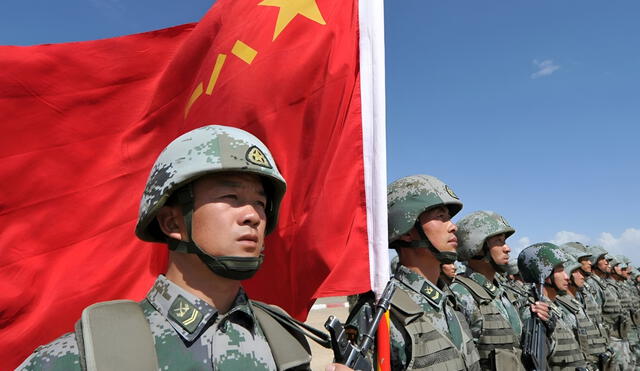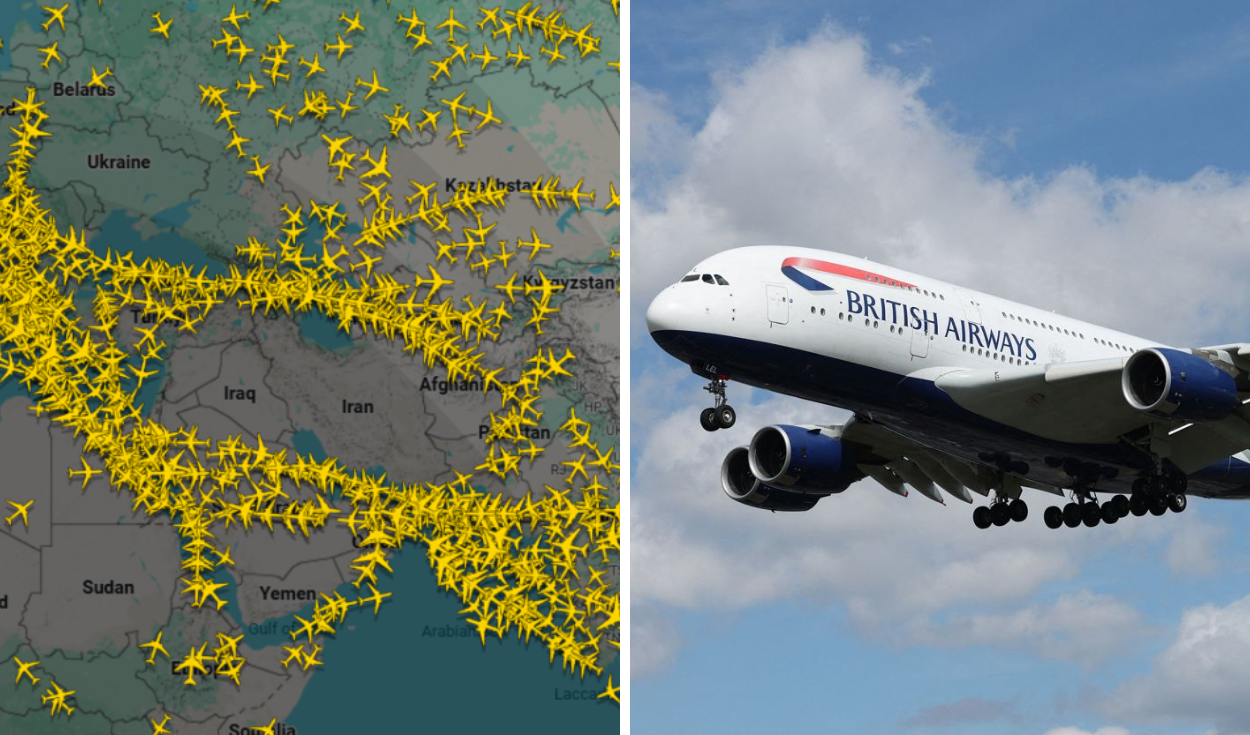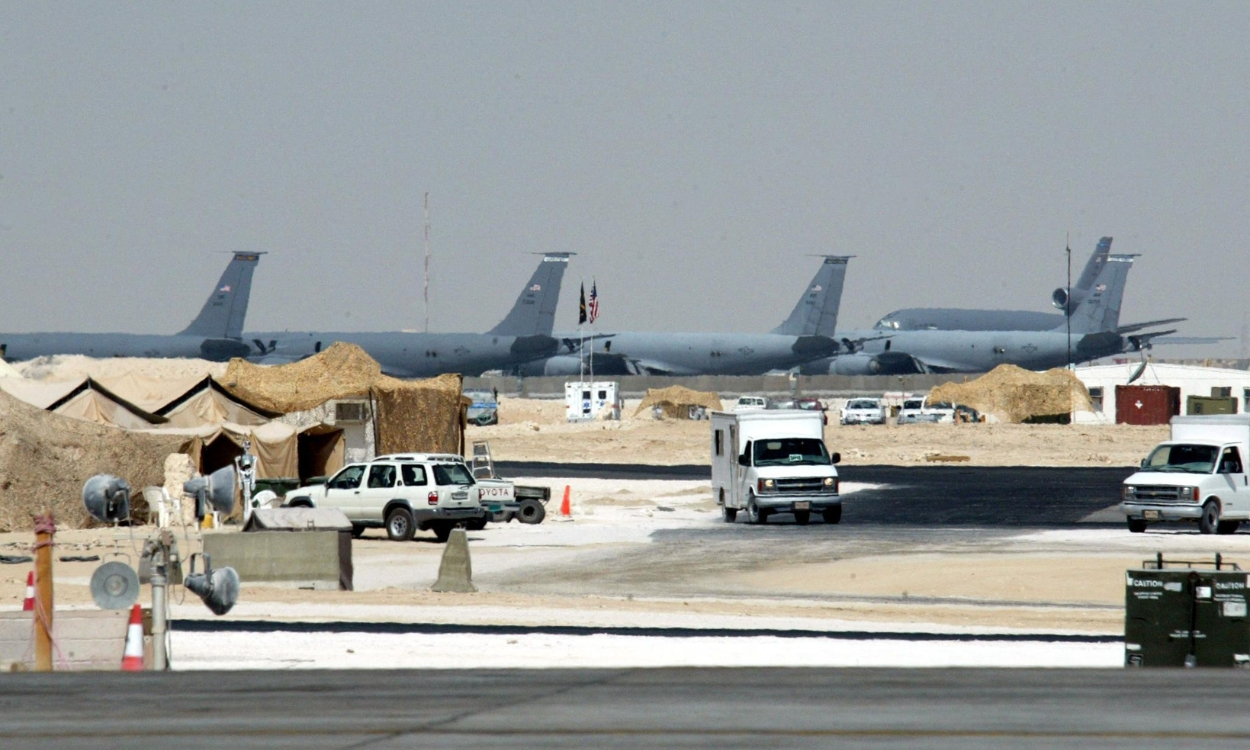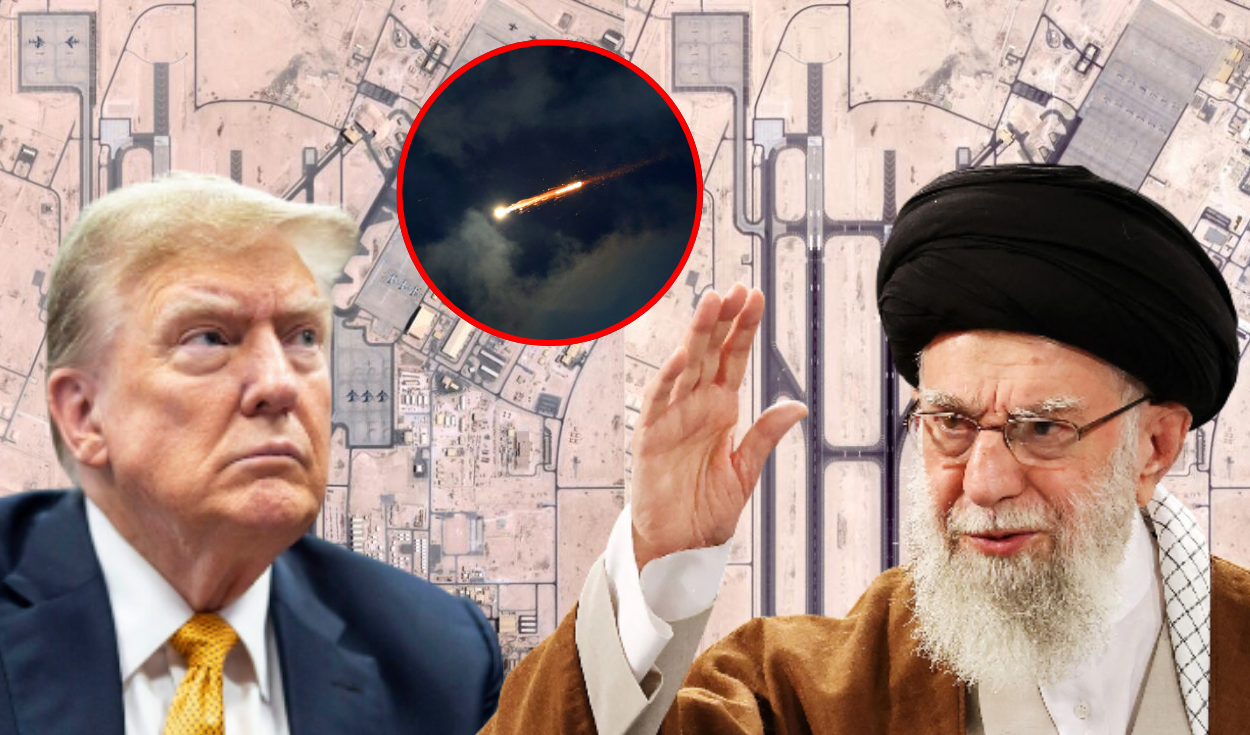China challenges U.S. Military dominance with massive Troop buildup and nuclear advancements
China is rapidly reshaping the global military landscape with a massive troop expansion and cutting-edge nuclear advancements, directly challenging U.S. dominance and signaling a new era of geopolitical tension.

China has dramatically expanded its military forces, now fielding nearly one million more troops than the United States. With the world’s largest navy of approximately 400 warships, China is challenging U.S. dominance at sea. This buildup reflects a strategic shift focused on matching and surpassing American military capabilities in the Indo-Pacific region.
Technological advances have given China a clear edge in missile development, including the DF-41 intercontinental ballistic missile and cutting-edge hypersonic weapons. These weapons systems threaten to disrupt the traditional balance of power and could neutralize U.S. nuclear deterrence. The Pentagon views these developments as critical challenges that must be addressed swiftly.
China’s Air Force upgrade and cyberattacks challenge U.S. power
China’s air force modernization has brought nearly 2,000 combat aircraft into service, featuring stealth fighters like the J-20. The country is also preparing to deploy its newest aircraft carrier, the Fujian, which rivals the U.S. Navy’s latest ships. These additions enhance China’s power projection and operational reach across the region.
Beyond conventional military assets, China has invested heavily in cyber capabilities, launching malware attacks on critical U.S. infrastructure such as power grids. These cyber intrusions heighten fears of a new form of warfare that targets civilian life and national security without direct conflict. Analysts warn this cyber aggression blurs the lines between peace and war.
US boosts Indo-Pacific defense against China’s growing Military threat
In response to China’s growing threat, the U.S. is urgently reviewing its defense strategy and reinforcing alliances in the Indo-Pacific, including partnerships with Japan, South Korea, and Australia. The Pentagon warns that China’s advanced capabilities could disable the entire U.S. aircraft carrier fleet within minutes, underscoring the urgency of enhanced military preparedness.

This visual comparison highlights the military platforms of China (left, in red) versus the U.S. and its Indo-Pacific allies (right, in blue), showcasing a growing arms race across space, air, maritime, and missile capabilities. Photo: DVR
Despite China’s rise, some experts caution against underestimating the complexity of global power dynamics and the resilience of U.S. forces. However, the shift demands a coordinated political and military response to ensure stability in the region and maintain a balance of power in an evolving geopolitical landscape.













